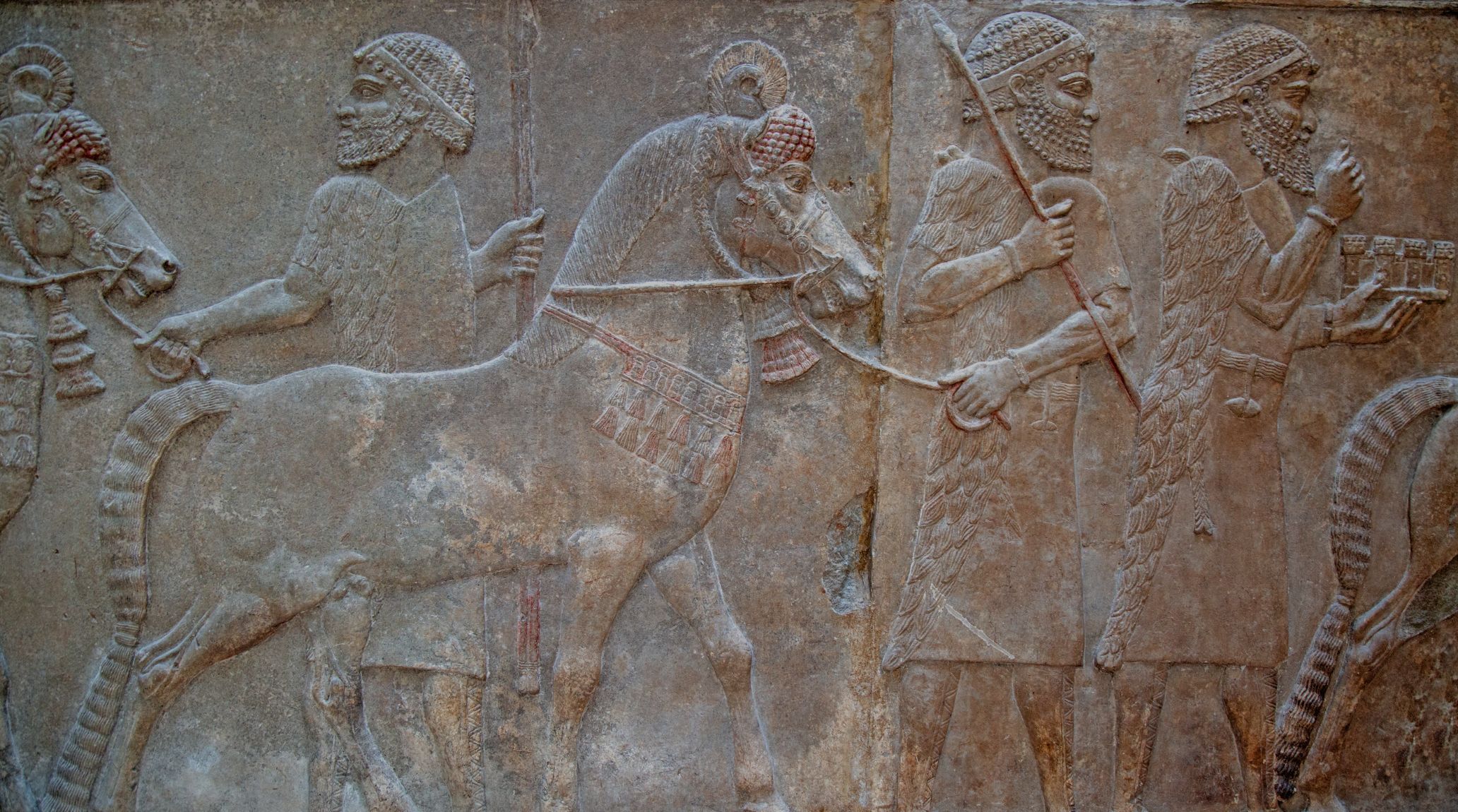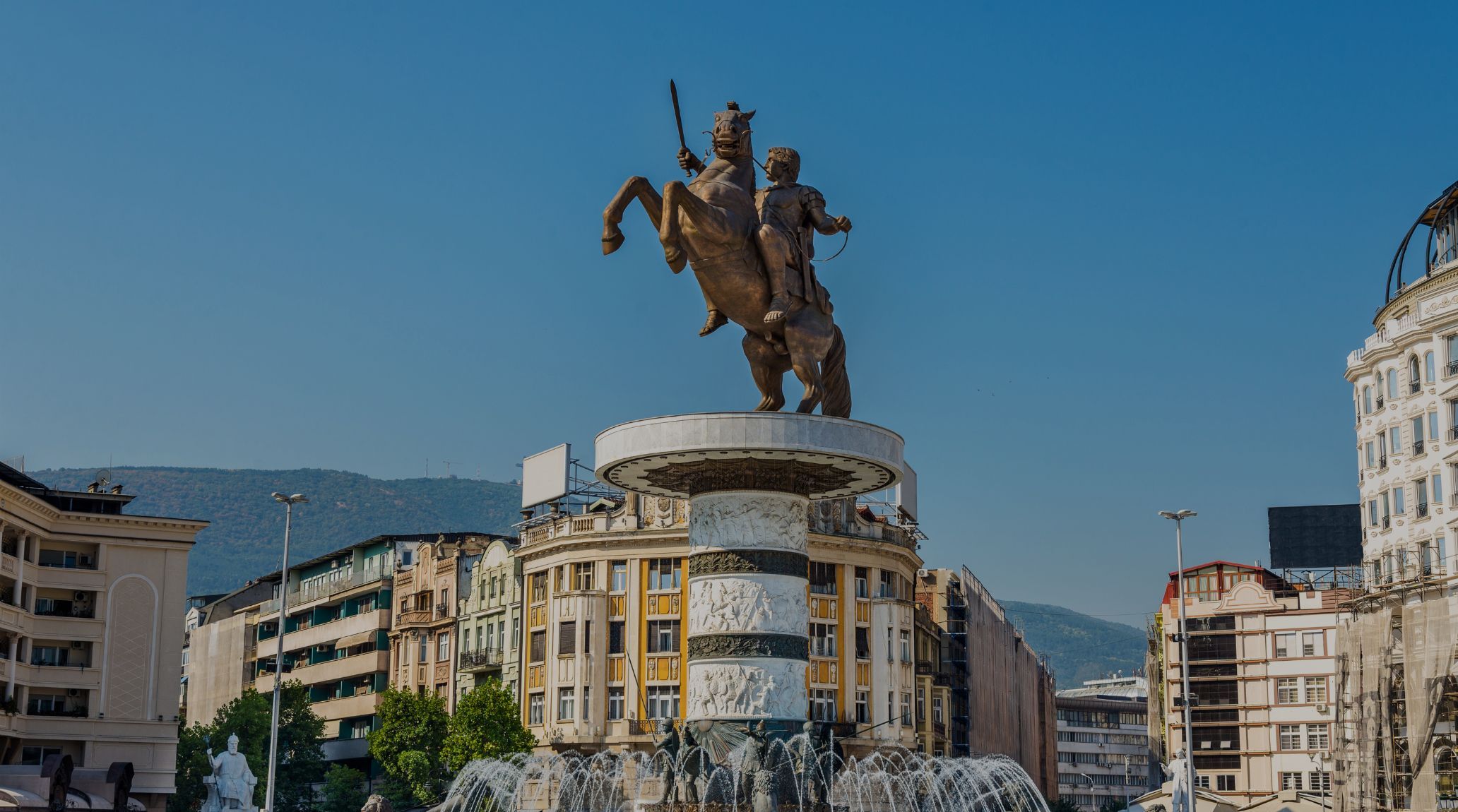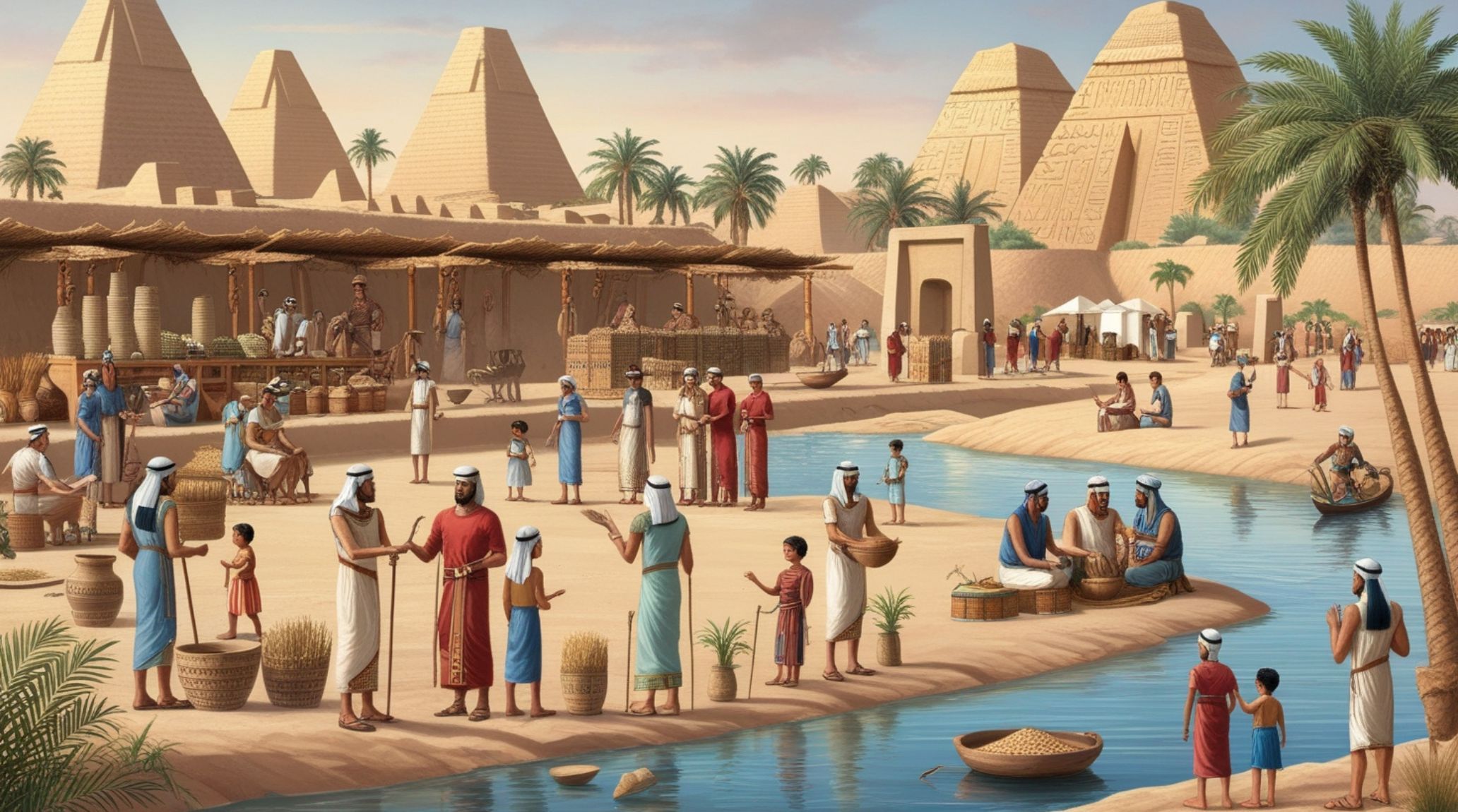
“
Trade and Commerce in Mesopotamia played a vital role in shaping the ancient world's economic landscape. In this blog, we delve into 20 interesting facts about Trade and Commerce in Mesopotamia, exploring its significance in the development of early civilizations and how it laid the groundwork for modern trade systems.1
1
”
Between the Tigris and Euphrates rivers, Mesopotamia became a crucial trade hub, linking regions from the Mediterranean to the Indian Ocean. Its strategic position enabled goods to flow between East and West. 1
Mesopotamians primarily used a barter system for trade. Goods like grain, wool, and pottery were exchanged for metals, wood, and luxury items from distant lands, creating one of the earliest forms of organized commerce. 2
Trade in Mesopotamia spurred the invention of writing, with cuneiform scripts being used to record transactions, contracts, and inventories. Merchants kept detailed records of their trades, paving the way for modern accounting. 3
Mesopotamians established vast trade routes, both over land and water. Caravans carried goods through the Arabian desert, while boats traveled up and down the Euphrates, reaching places like Anatolia, Persia, and the Indus Valley. 4
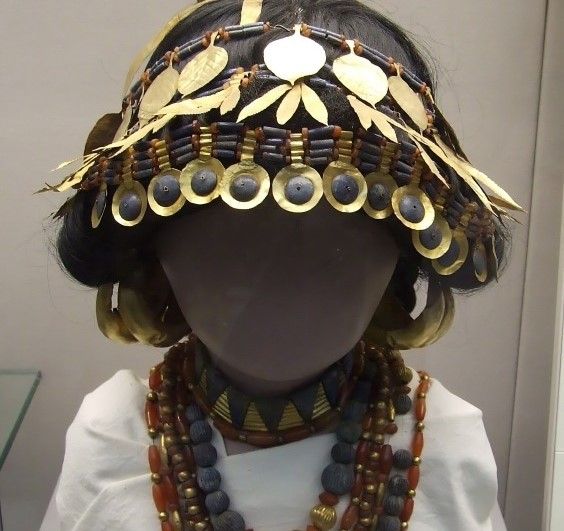
Mesopotamia’s elite craved luxury goods from afar, including precious metals like gold and silver from Anatolia, lapis lazuli from Afghanistan, and cedarwood from Lebanon, showing how far-reaching their trade networks extended.
The Sumerians were among the earliest merchants to conduct long-distance trade. They exchanged agricultural products for valuable materials like copper and tin, essential for making bronze, which was key in their technological advances. 5
Mesopotamians utilized their rivers for trade by developing boats made of reeds, wood, and animal skins. These vessels transported bulk goods like grain and textiles across their cities and beyond, enhancing regional commerce. 6
Overland trade relied on camel caravans, which could carry heavy loads and travel long distances across harsh desert terrains. These caravans connected Mesopotamia to remote regions like Arabia, Persia, and even Egypt.7
Mesopotamian trade contributed to the growth of its cities, including Ur, Uruk, and Babylon. These cities became bustling centers of commerce, where merchants, craftsmen, and traders exchanged goods and ideas. 8
To facilitate trade, Mesopotamians developed standardized weights and measures. The shekel became a common unit of weight and later of currency, allowing for consistent pricing in commercial transactions. 9
Mesopotamian trade can be categorized into local and long-distance trade. Local trade occurred within city-states, involving daily essentials like food and tools, while long-distance trade brought rare and luxury goods from far-off lands.10
Temples played a crucial role in Mesopotamian trade. They acted as storage centers, distributing food and goods, and even participated in trade ventures by lending resources to merchants in return for a share of profits.11
Before writing, Mesopotamians used clay tokens to keep track of trade transactions. Different-shaped tokens represented various goods, and these tokens were stored in sealed clay envelopes as an early form of accounting.12
Merchant guilds began to form in Mesopotamia, allowing traders to pool resources and protect their interests. These guilds negotiated with authorities, maintained trade routes, and ensured the safety of their goods.13
While barter was common, silver became an early form of currency in Mesopotamia. It was used to standardize trade, allowing merchants to easily exchange goods based on the weight of silver, a precursor to modern monetary systems.14
Mesopotamian sheep were highly prized for their wool, which became a major export. Wool was traded for raw materials like copper, tin, and wood, and Mesopotamian textiles were sought after in distant regions.15
The Mesopotamians invented the wheel, revolutionizing transportation and trade. Wheeled carts allowed for easier movement of goods over land, enhancing efficiency in trade networks and expanding the reach of Mesopotamian merchants.16
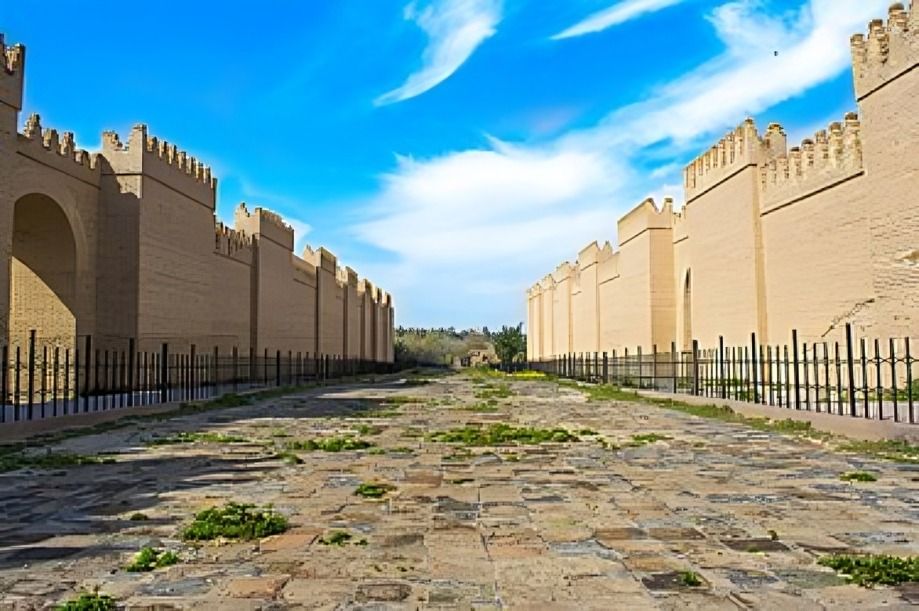
Babylon became a powerful trading hub, especially under King Hammurabi. The city controlled vital trade routes and was famous for its marketplaces, where merchants from across the ancient world gathered to buy and sell goods.
Mesopotamians imported copper and tin to produce bronze, which was essential for tools, weapons, and artwork. This demand for metals drove extensive trade relationships with regions rich in these materials.17
The Code of Hammurabi, one of the earliest legal codes, included regulations on trade and commerce. It established rules for honest transactions, fair prices, and protection for merchants, showing the importance of trade in Mesopotamian society.18
